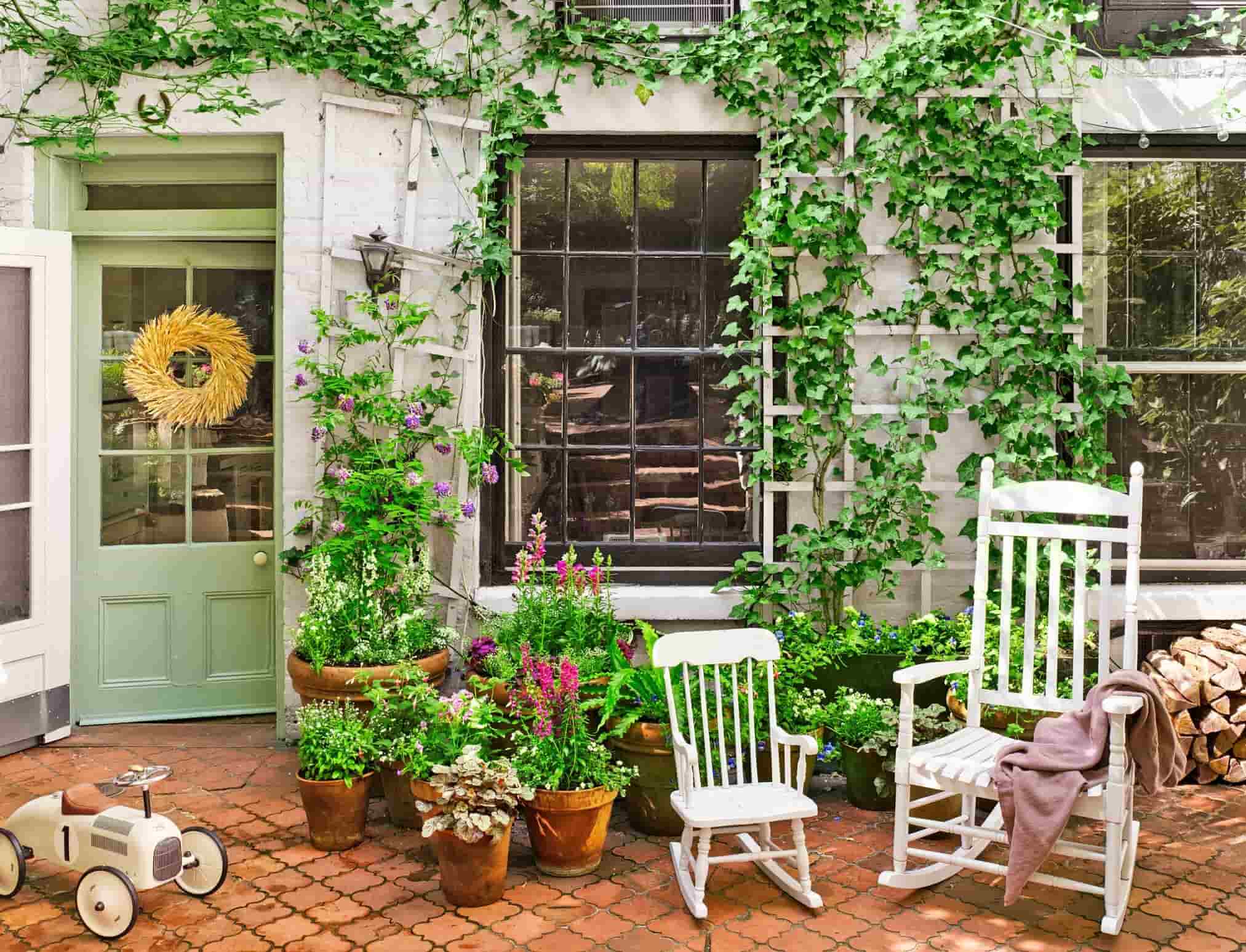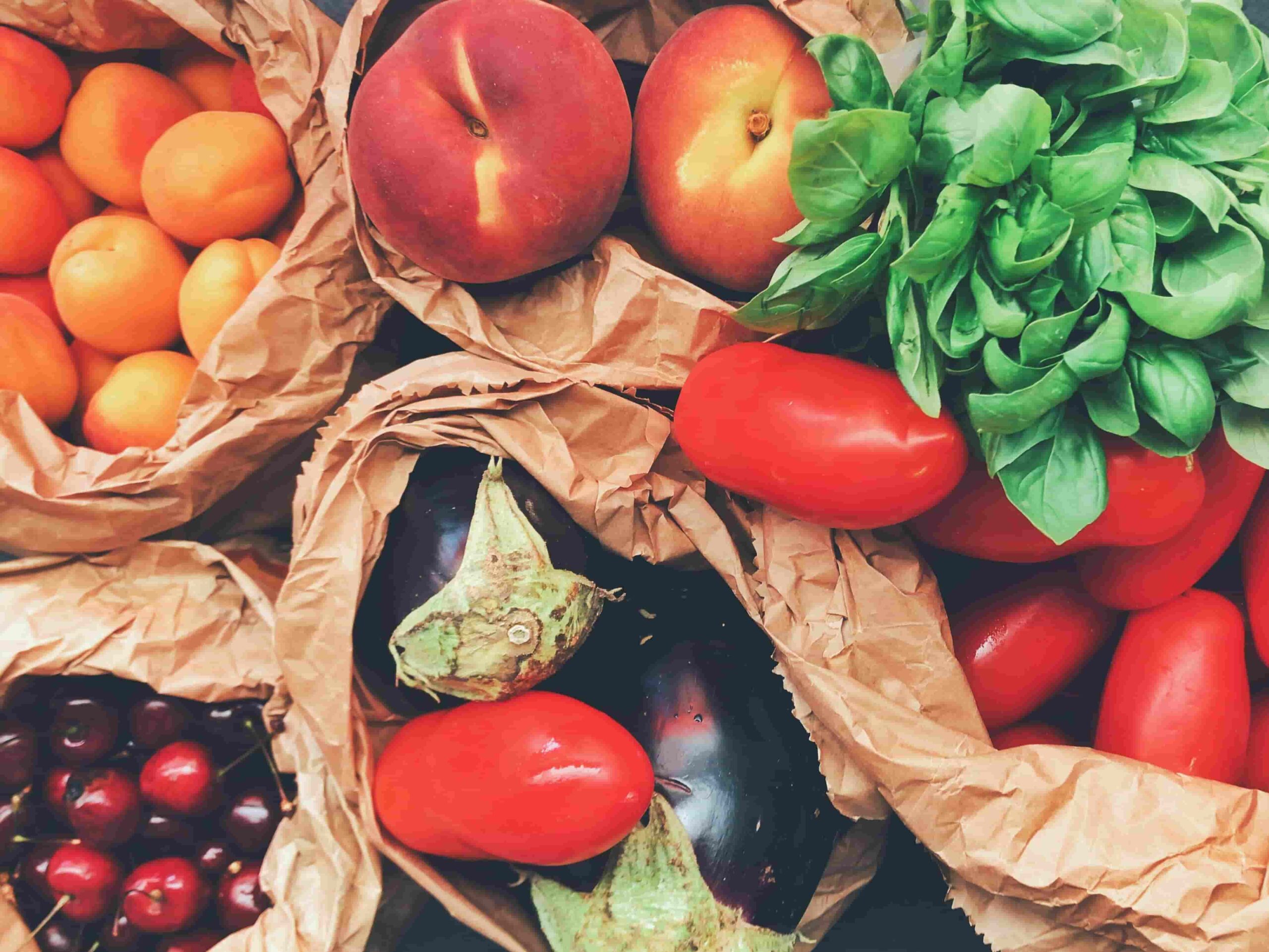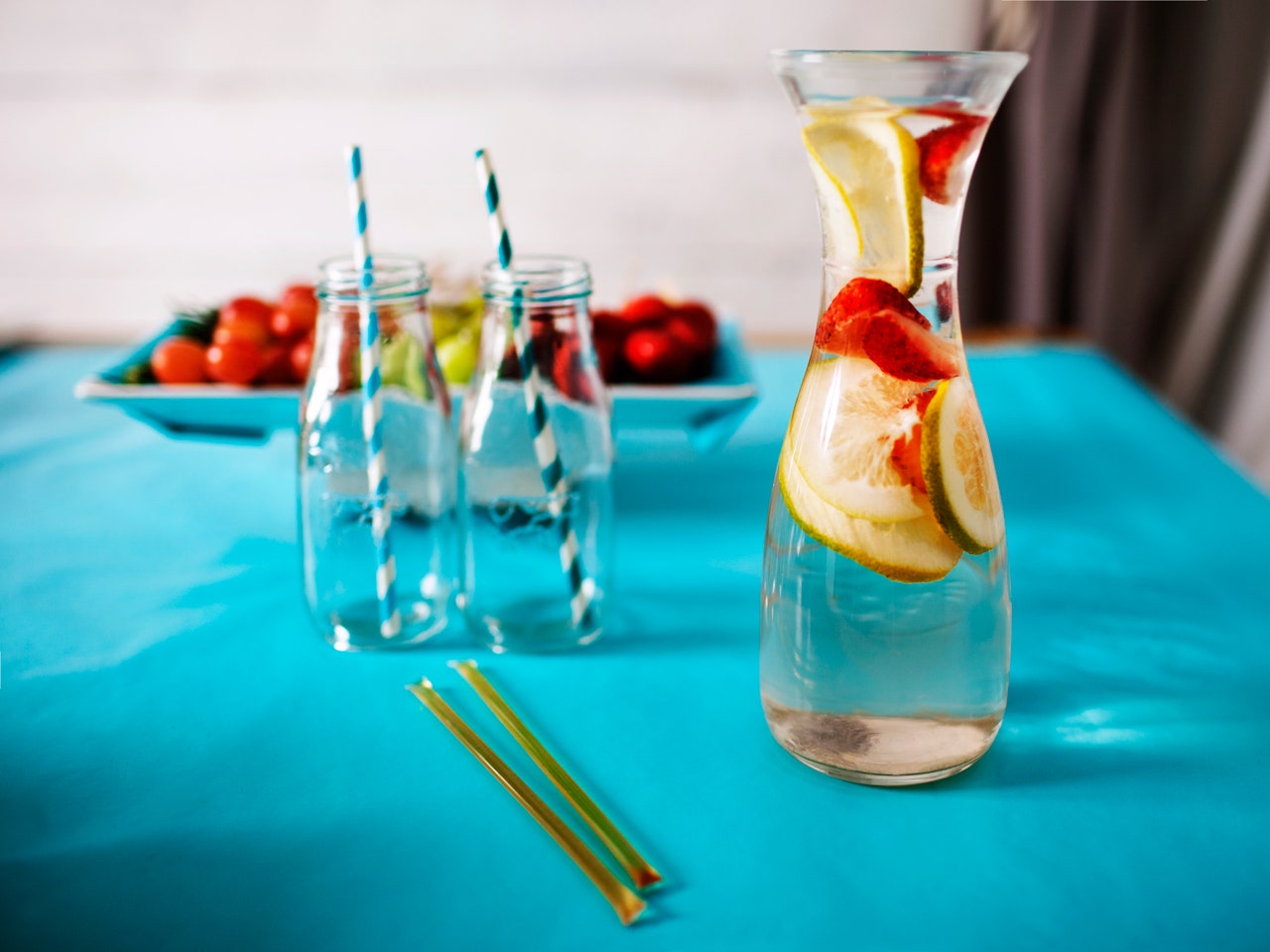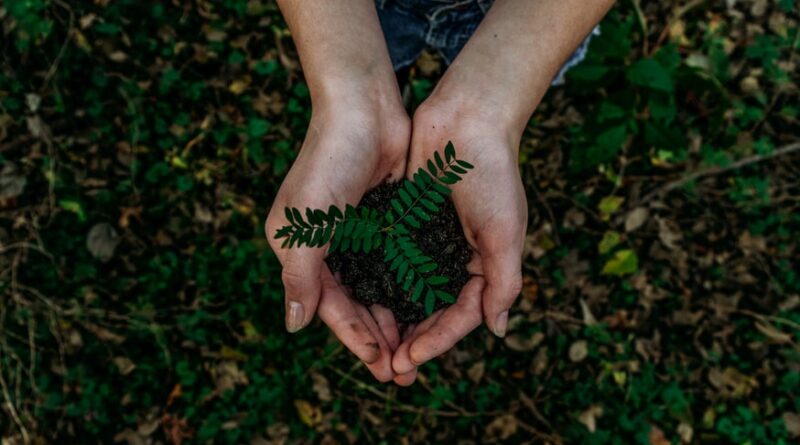Many citizens have already taken steps towards being green, with an impressive 83.4% recycling, and 45.2% avoiding single use plastics according to one cross-generational study (of which involved both Americans and Australians) led by Southern Cross University. However, aside from recycling and eating a greener diet, there are a surprising number of additional things that you can do at home to be kinder to the environment. From green cleaning to additional recycling methods, here are just a few ideas on what you can do.
A greener way to clean

source: hearstapps.com
Becoming more green at home can easily start within your cleaning routine, especially when it comes to getting rid of any conventional, harsh cleaning products that you use on a daily basis. This is because traditional cleaners often include chemicals that can harm the environment through aspects like runoff. Traditional window cleaners are just one prime example of this, and in addition to being harmful to the environment, the chemicals can also result in a residue left on the glass. In turn, this can allow dirt and grime to accumulate much more quickly than it would when using eco-friendly cleaning methods. That said, using an eco-friendly cleaning alternative, such as a vinegar solution, is a great alternative that produces optimal results for cleaning a myriad of surfaces at home — not to mention that it’s often cheaper, too.
Minimizing plastic use

source: pinterest.com
While recycling and refraining from using single-use plastics is a great way to be green, taking the practice even further can easily be done, and in a few different ways. For instance, converting to glass in your kitchen is one great way to do this, and choosing to shop in bulk (by using your own reusable bags/containers) can only positively contribute to developing a plastic free lifestyle.
When it comes to even further reducing plastic use, another way to begin is by shopping locally via farmers markets (due to the fact that foods in the grocery store often come encased in some form of plastic packaging). Alternatively, creating your own vegetable garden right at home can bring the same plastic-free benefits — not to mention many more in regards to your health. For example, growing your own food not only allows you to get fresh, nutritious produce in a cost-effective way, but gardening can encourage you to get active, all while receiving a healthy dose of vitamin D.
Additional ways to recycle

source: self.com
While many may think of recycling plastic and aluminum cans when they think of recycling, it’s important to realize that “recycling” clothes or reusing things can equally benefit the environment. For example, handing down or donating your gently used things or even reselling them is a fantastic way to keep things like clothing out of the landfill, and give it new life for someone else to use. While this can be achieved via hosting a yard sale or by simply donating to a nearby thrift store, shopping for second-hand items yourself also makes a positive impact in becoming greener, too, in addition to saving money.
If you’re already committed to a vegan diet and recycling, becoming even more green might sound challenging to do. However, from shopping and donating second-hand items to growing your own produce and even by using greener cleaning methods, there are a number of ways to achieve a greener lifestyle.
Infographic Provided By The Solar Energy Company, Route 66 Solar




